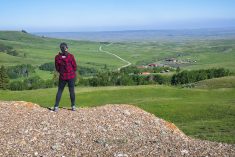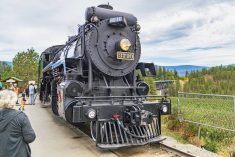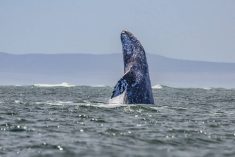Folks living on the Prairies have a ringside seat to one of Canada’s greatest wildlife spectacles. Starting in September and running well into October, millions of waterfowl take to the Central North American Flyway. The most plentiful are snow geese, often accompanied by greater white-fronted geese and other Arctic-nesting species that stop along the way to feed before heading to wintering grounds in the southern United States and Mexico.
The prairie grain belt is a favourite staging area on their journey. Even when harvest finishes early, enough spilled or missed grain remains in fields to attract them. Sandhill cranes stop here in huge numbers around the same time and for much the same reason.
While we might find large concentrations throughout grain country, the truly massive numbers occur near key bodies of water where the birds like to roost for the night. In Saskatchewan, hot spots include the Quill Lakes, Foam Lake and several places along the South Saskatchewan River.
Last Mountain Lake National Wildlife Area, North America’s oldest bird sanctuary, is a key place to visit. There, a 14-kilometre driving route takes us close to key habitat. In some years, geese numbers have topped 450,000.
Another spot we like is Luck Lake Heritage Marsh just north of Lake Diefenbaker, where we often find migrating tundra swans along with geese and cranes.
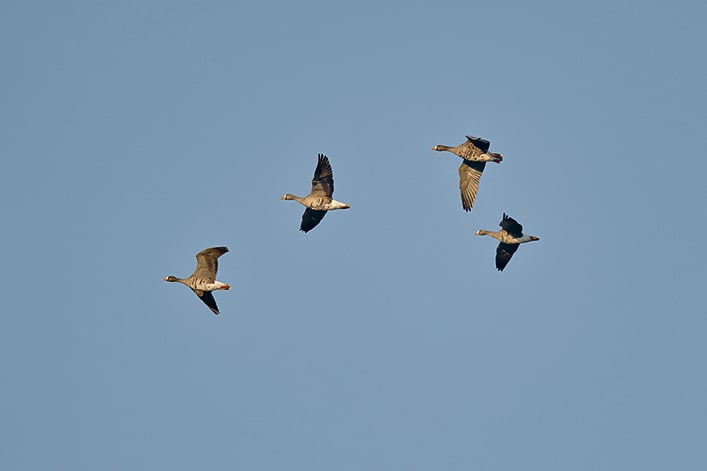
In Alberta, Beaverhill Lake east of Edmonton is famous. Manitoba abounds in lakes and wetlands, with an easily accessible spot being Oak Hammock Marsh just north of Winnipeg.
Sunset and sunrise are prime times to visit. The birds are feeding during the day but around sundown they typically return to a shallow body of water to roost. Watching snow geese arrive is like standing in a gigantic snow globe as swirling masses of white birds slowly drift to the water.
But the real show comes in the morning, usually just after sunrise. The constant chatter suddenly gets louder, a sure sign that something is about to happen.
Seconds later it reaches a crescendo of raucous “whouk, whouk” calls as countless wings flap and thousands of snow geese lift off en masse. The flying frenzy can cover such an immense area that it almost obscures the sky.
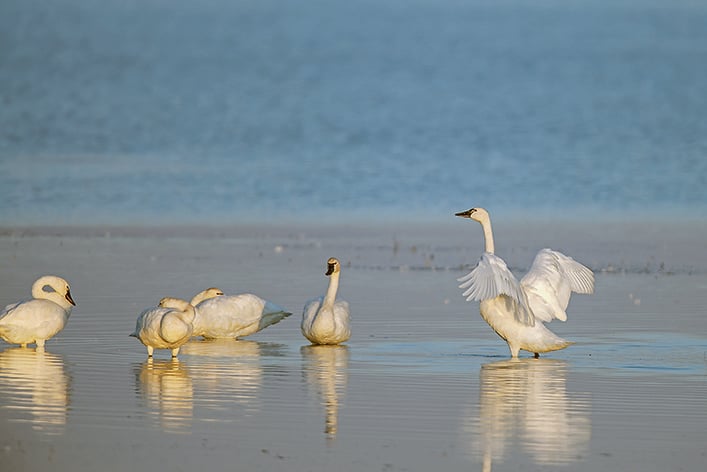
While seeing our most plentiful waterfowl is fairly easy, fall also brings the chance to see one of North America’s rarest and most famous birds.
Whooping cranes once reached the brink of extinction, with only 14 adults left in the early 20th century. Thanks to ongoing conservation efforts, their numbers gradually recovered. Recent population estimates are more than 500 birds.
Whoopers nest in Wood Buffalo National Park, straddling the Alberta/Northwest Territories border. Each fall they head 4,000 kilometres south to their winter home on the Texas Gulf Coast. Central Saskatchewan is their favourite place to stop and feed along this epic journey.
However, the cranes don’t always stop in the same place. In recent years it has usually been within 100 kilometres or so of Saskatoon. Adding to the uncertainty this year are low water levels and the disappearance of many wetlands, which may affect their decision.
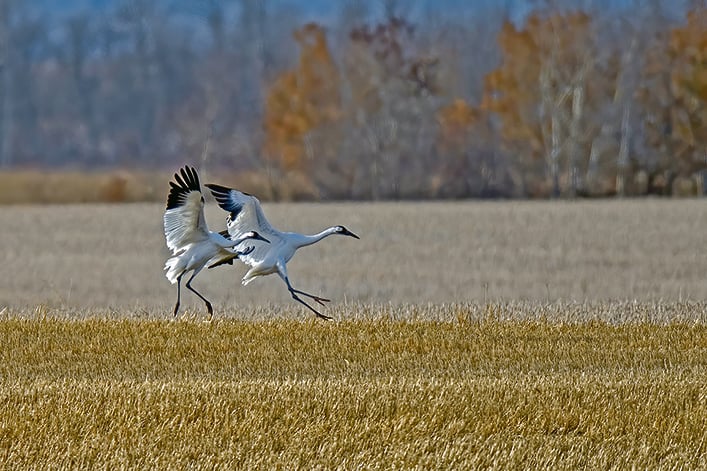
The best bet for those in the Saskatoon area is to join the Saskatoon Nature Society, which usually runs a fall trip for members to see whooping cranes. Some tour companies also run guided trips.
Last year we found them feeding in a grain field about an hour from Saskatoon. The adults are an imposing sight with their pure white plumage and black wing tips visible in flight.
They can reach 1.5 metres in height and are North America’s tallest bird. Their wingspan can top two metres. Most we saw were adults, though there were also a few immature birds with their distinctive reddish-cinnamon colour.
The biggest surprise was the number. We counted 43 whooping cranes that we could see at the same time, plus we knew that others were scattered around the field. Just a few years ago, seeing this many was unheard of.
We were astonished to be looking at close to 10 per cent of the world’s population. A bonus was finding them practically in our backyard.
Arlene and Robin Karpan are well-travelled writers based in Saskatoon. Contact: travel@producer.com.






